Charlee F.
My name is Charlee Furlow, and I’m a third year student here at Lewis & Clark’s Art Therapy Program. I was born and raised within small towns in Southern Illinois my entire life, and have never really left for large periods of time before moving here in Portland, Oregon during the summer of 2020. For my internship this year, I provide art therapy services at a community based nonprofit setting where the population are adults, whom the majority of clients struggle with substance usage, and/or coping with trauma(s). The vast majority of clients that I work with here have comorbid diagnosis, meaning they have both Substance Use Disorders and PTSD or other trauma-related diagnosis. The core of my practice is being as trauma-informed as I can be, and to use art therapy and mindfulness techniques to improve client’s overall wellbeing. My artwork as a whole, represents my feelings and thoughts throughout the entire semester. This was my first time conducting individual therapy sessions and facilitating both educational and process group therapy sessions within a formal mental health setting. I was absolutely terrified in the beginning, but I think you will see that throughout the art, week by week, I show a side of myself that is more sure and confident within my growing professional identity as a mental health clinician.
Artist Statement
My art process started each monday of each week for the duration of this semester. Starting on September 12th and ending on November 21st. Every Monday in class, I would write a passage in which I would reflect upon my actions, thoughts, feelings, hopes, and fears that I felt within that week. I would then create spontaneous art embodying those emotions and thoughts, and would finish the artworks as the class itself ended. This usually left me with around 2 hours of cognitive, emotional, and creative processing. A lot of similar themes present itself within my writings and artwork, like feelings of burnt out, being scared about meeting my hours, but what I’m most surprised about, is of me being more confident in my own professional identity as time went by. It seems surreal that I’m finally at the point where my imposter syndrome is at an all time low. Finally!
It was during the 3rd week of classes that I taught myself how to knit. This art process started out as a way to help improve my picking and pulling at my hair and skin, and it ended up turning into my biggest coping skill in relation to keeping my body and mind grounded, especially during periods of stress. I spent the most of this semester creating around 50 knitted squares to assemble a sweater. I spent so much time, money, energy, and enthusiasm during this art process, that when the final product was created, I felt absolutely devastated that I had created a sweater that I thought was ugly, stupid, and all around something that I was not proud of. I told myself that no one would ever see this failed attempt at a sweater, and yet as an Art Therapist, I had forgotten the very essence of art therapy right then and there. It is not the final product that is necessarily important in art therapy, but the process of creating the art itself that is therapeutic, and can give the clinician more insight into the client’s perspective and where they are coming from. I showcase my sweater not because I like it, but because I loved the process of making it, and that is far more important.
-
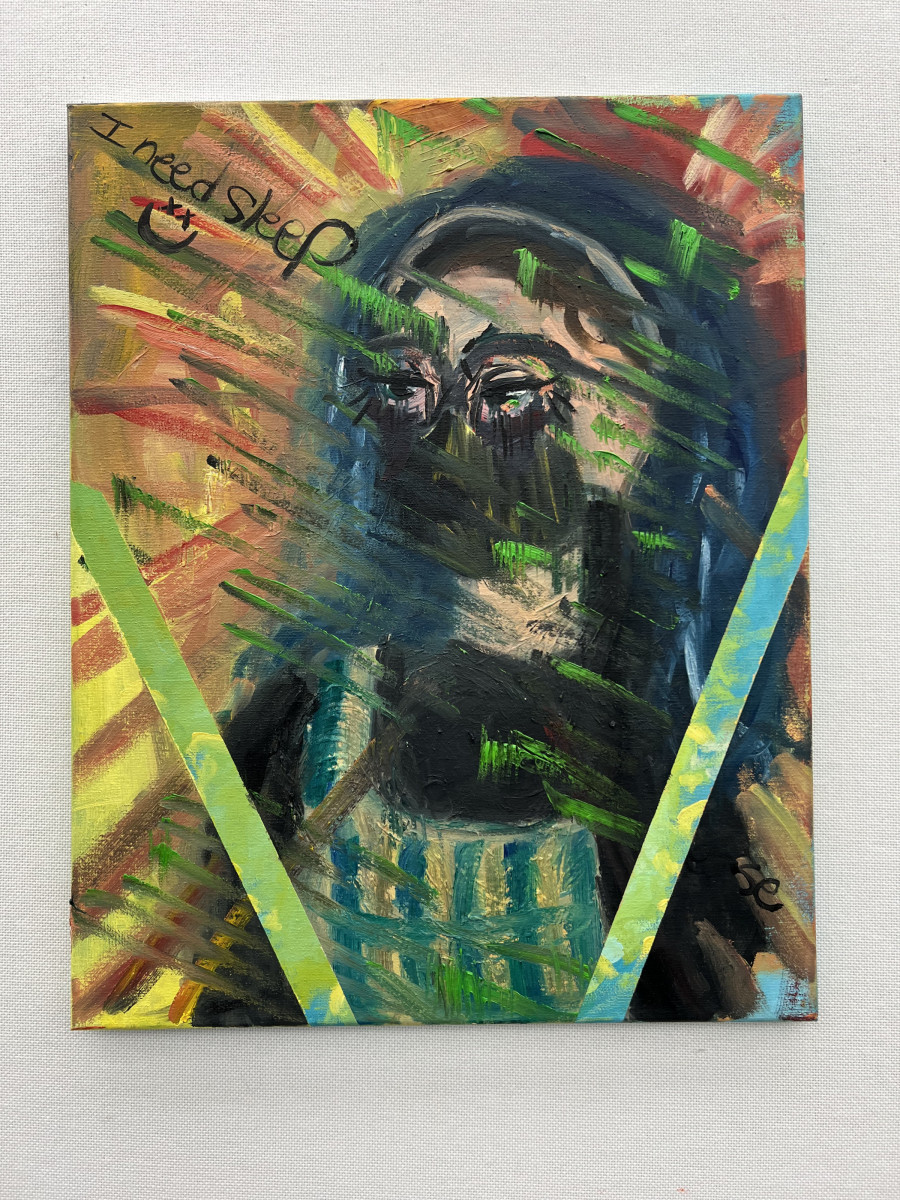 Week 1
Week 1Charlee Furlow
-
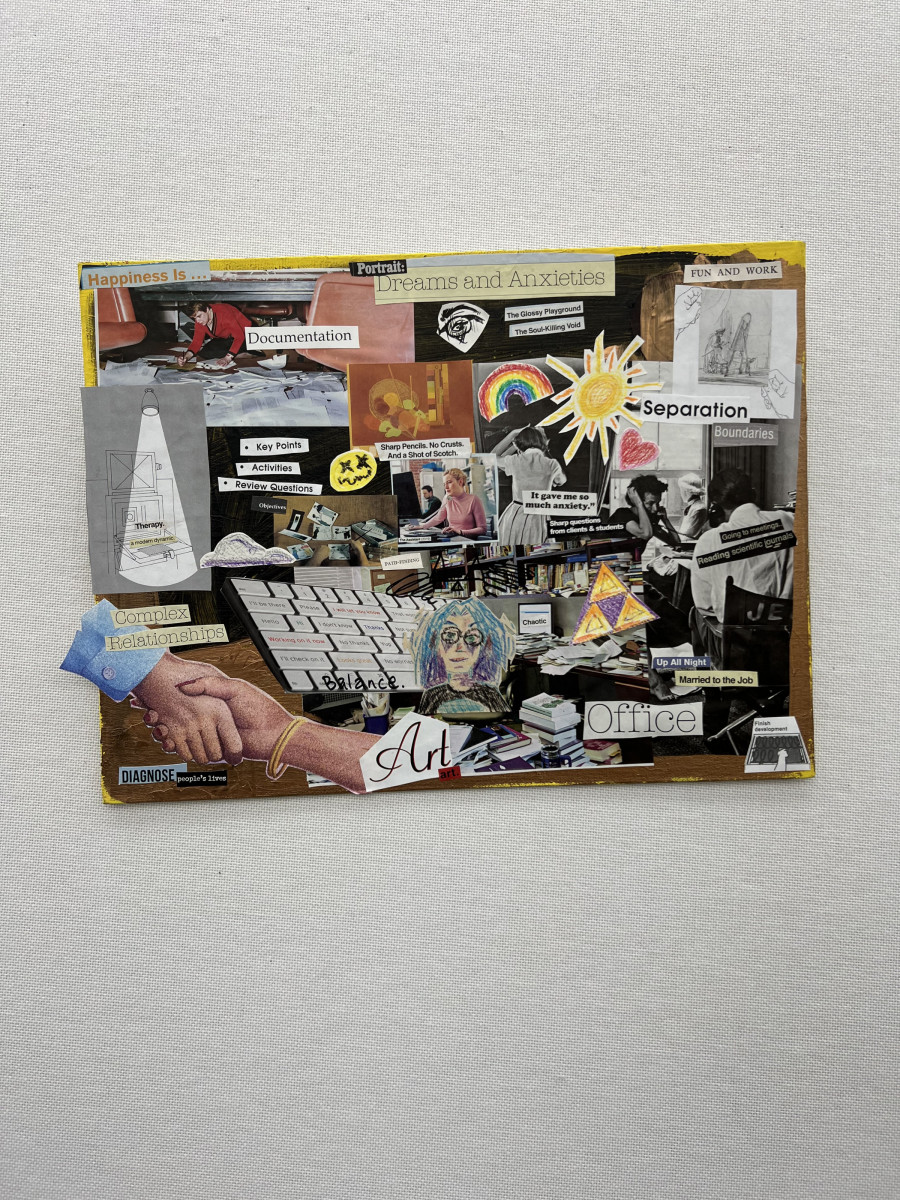 Week 2
Week 2Charlee Furlow
-
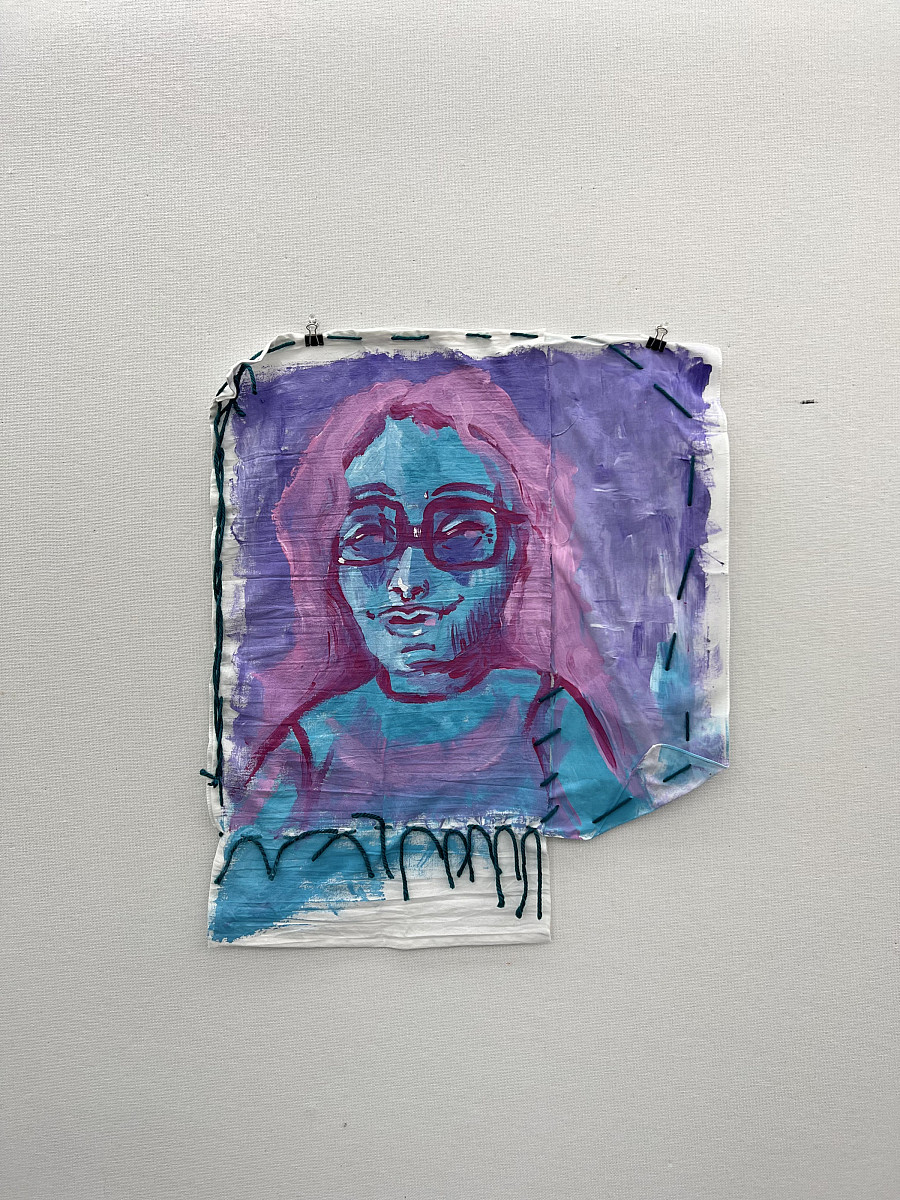 Week 3
Week 3Charlee Furlow
-
 Week 4
Week 4Charlee Furlow
-
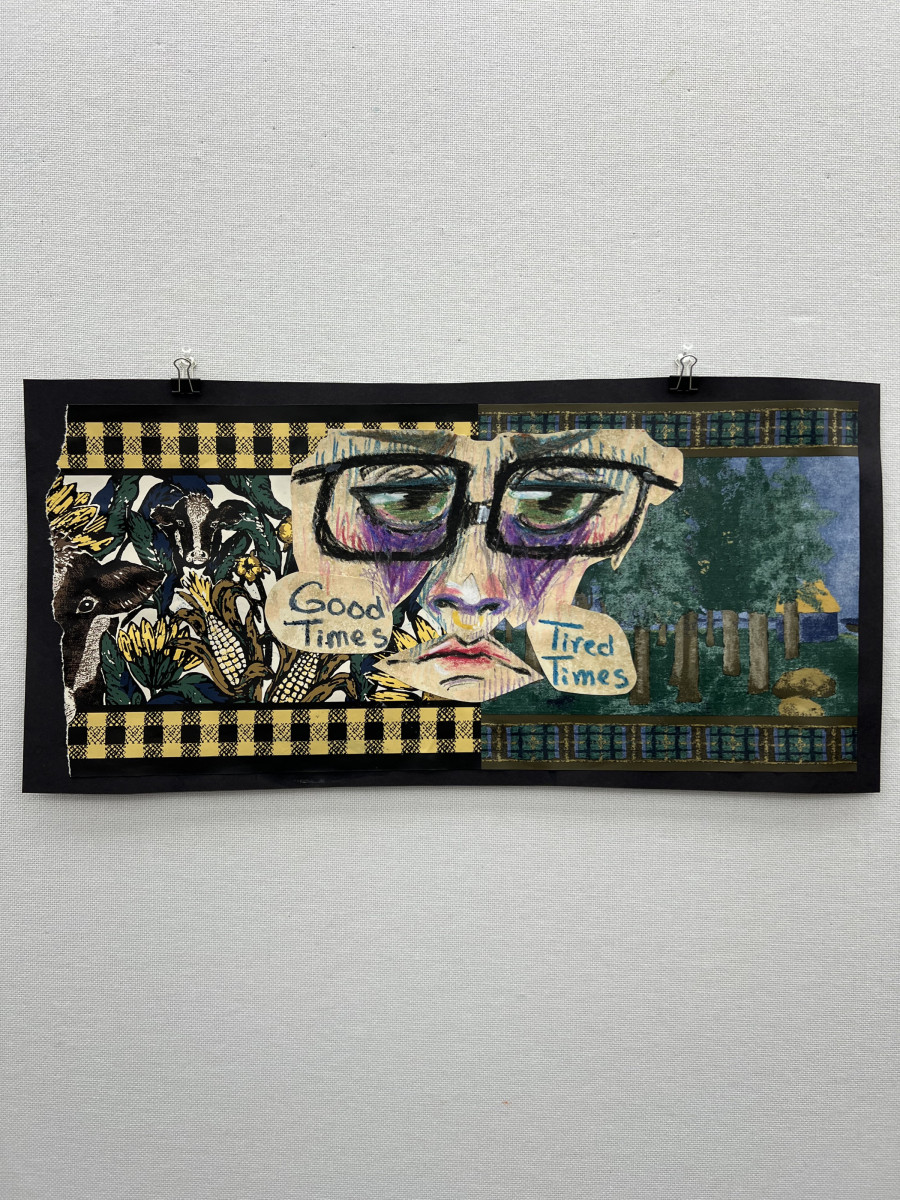 Week 5
Week 5Charlee Furlow
-
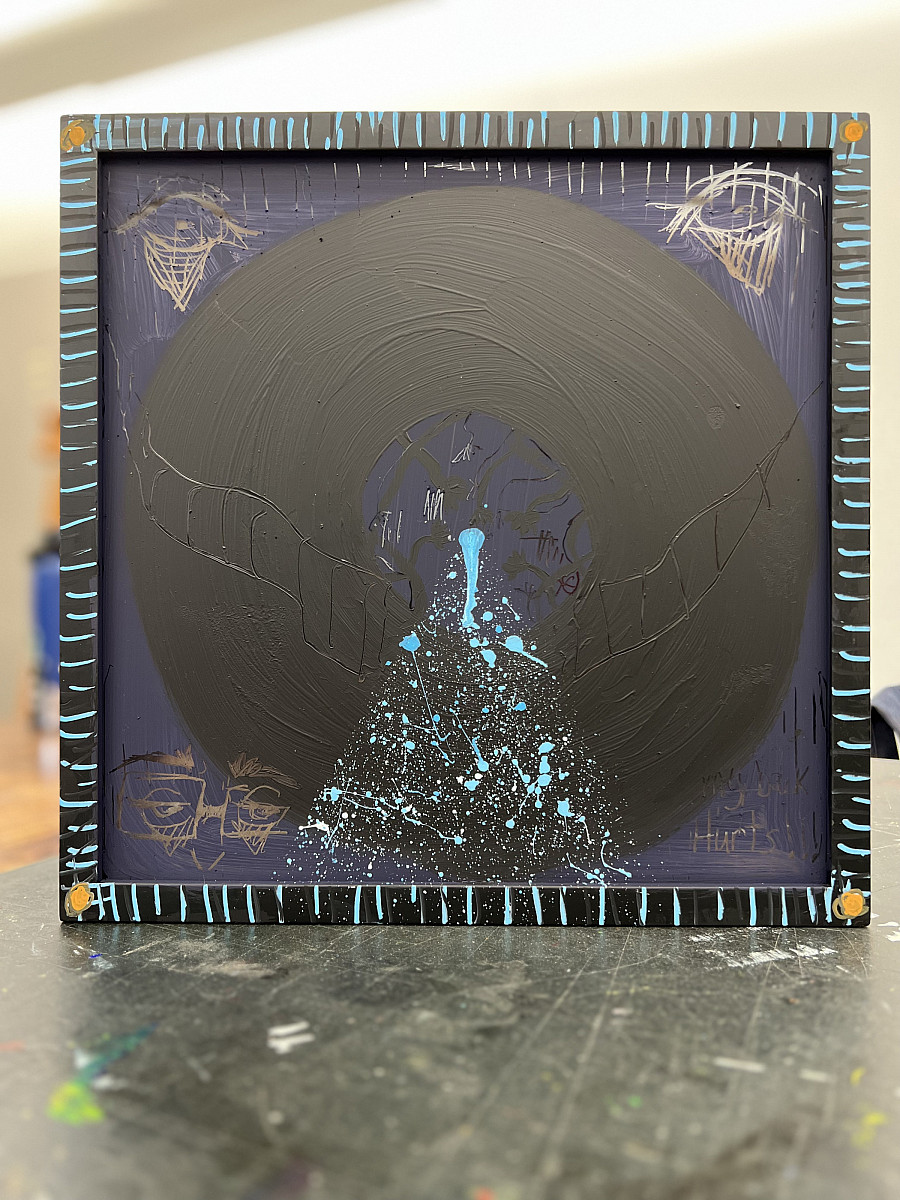 Week 6
Week 6Charlee Furlow
-
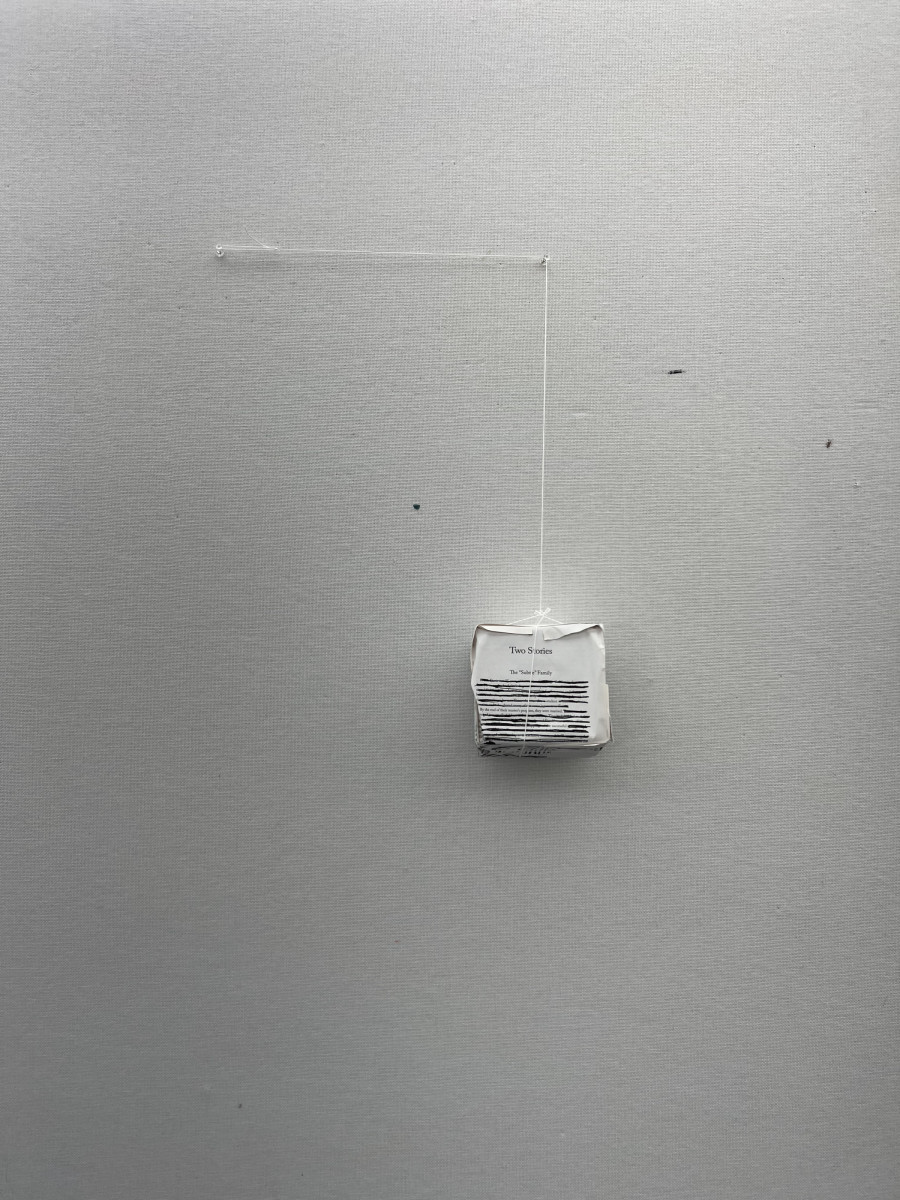 Week 7
Week 7Charlee Furlow
-
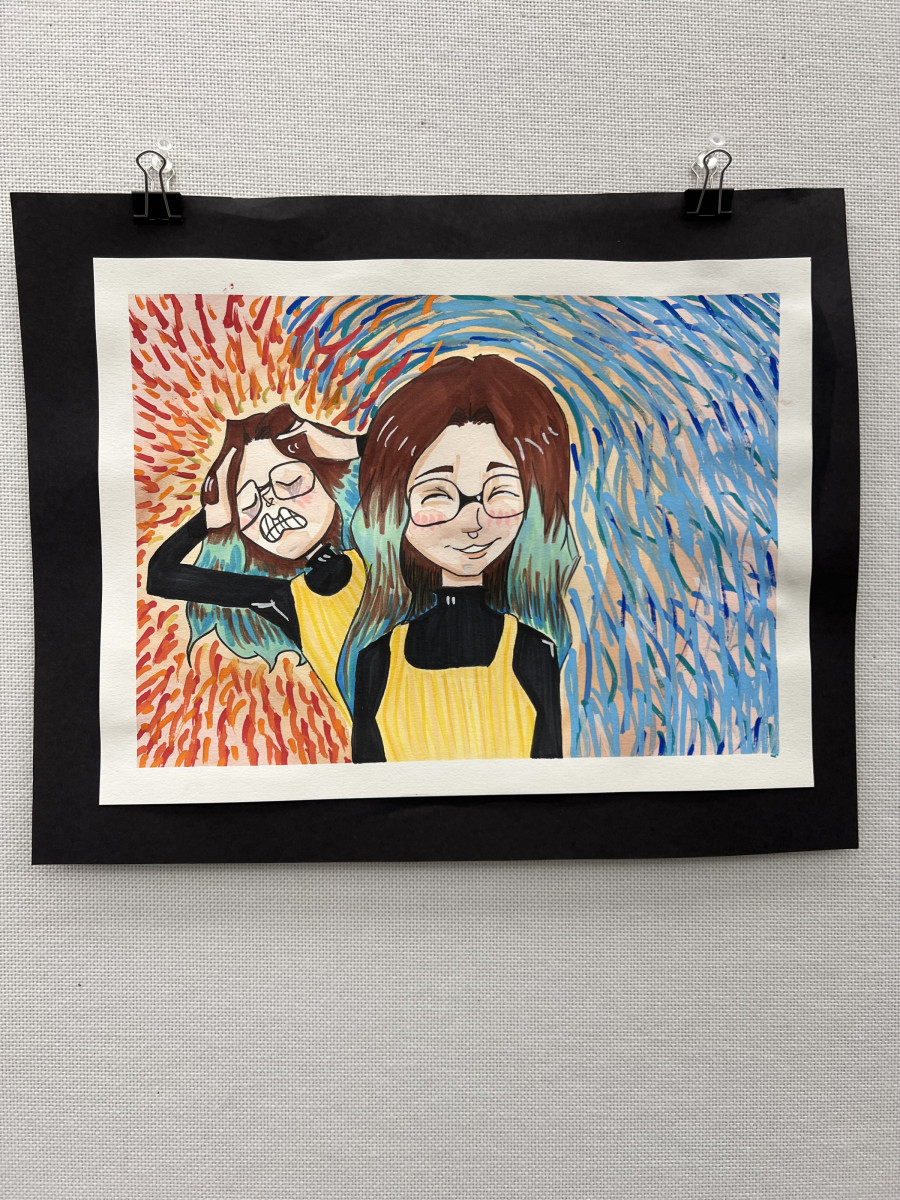 Week 8
Week 8Charlee Furlow
-
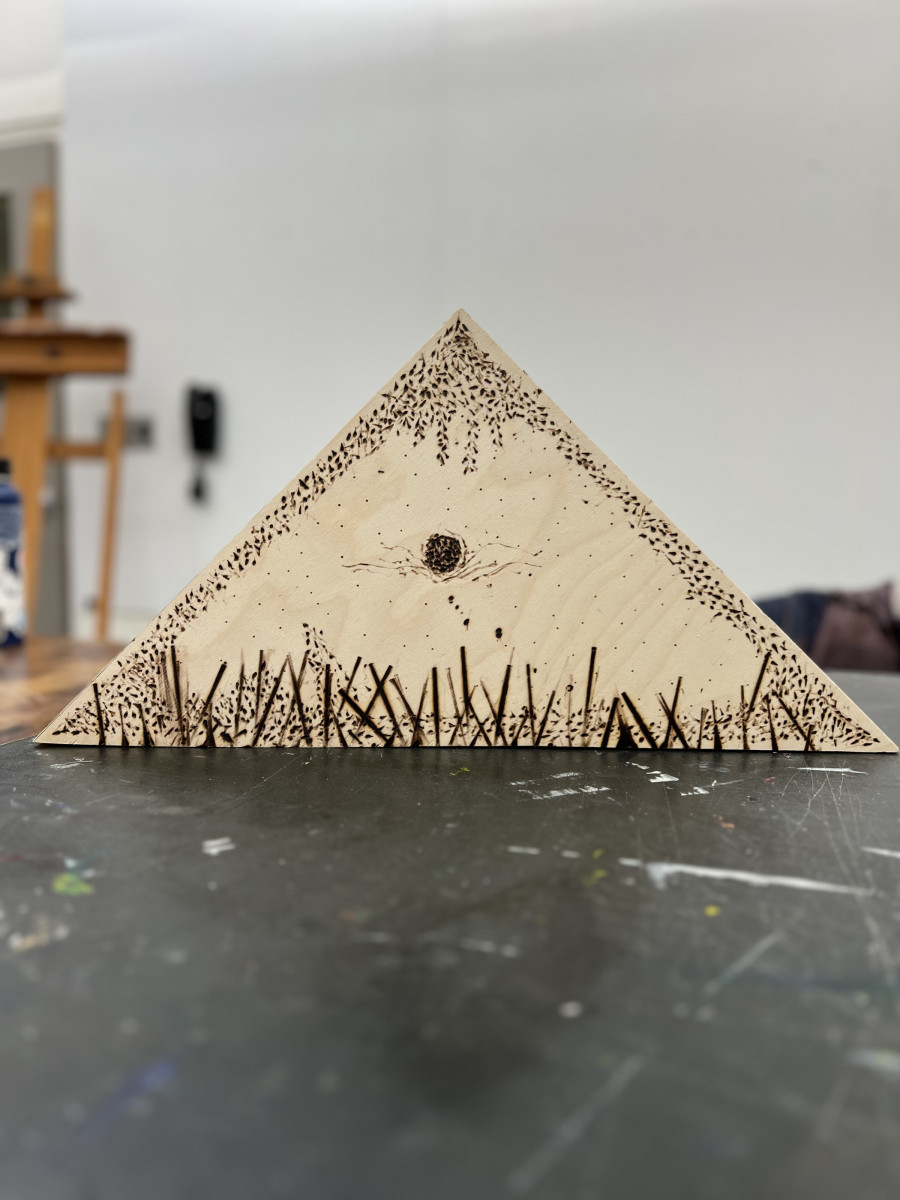 Week 9
Week 9Charlee Furlow
-
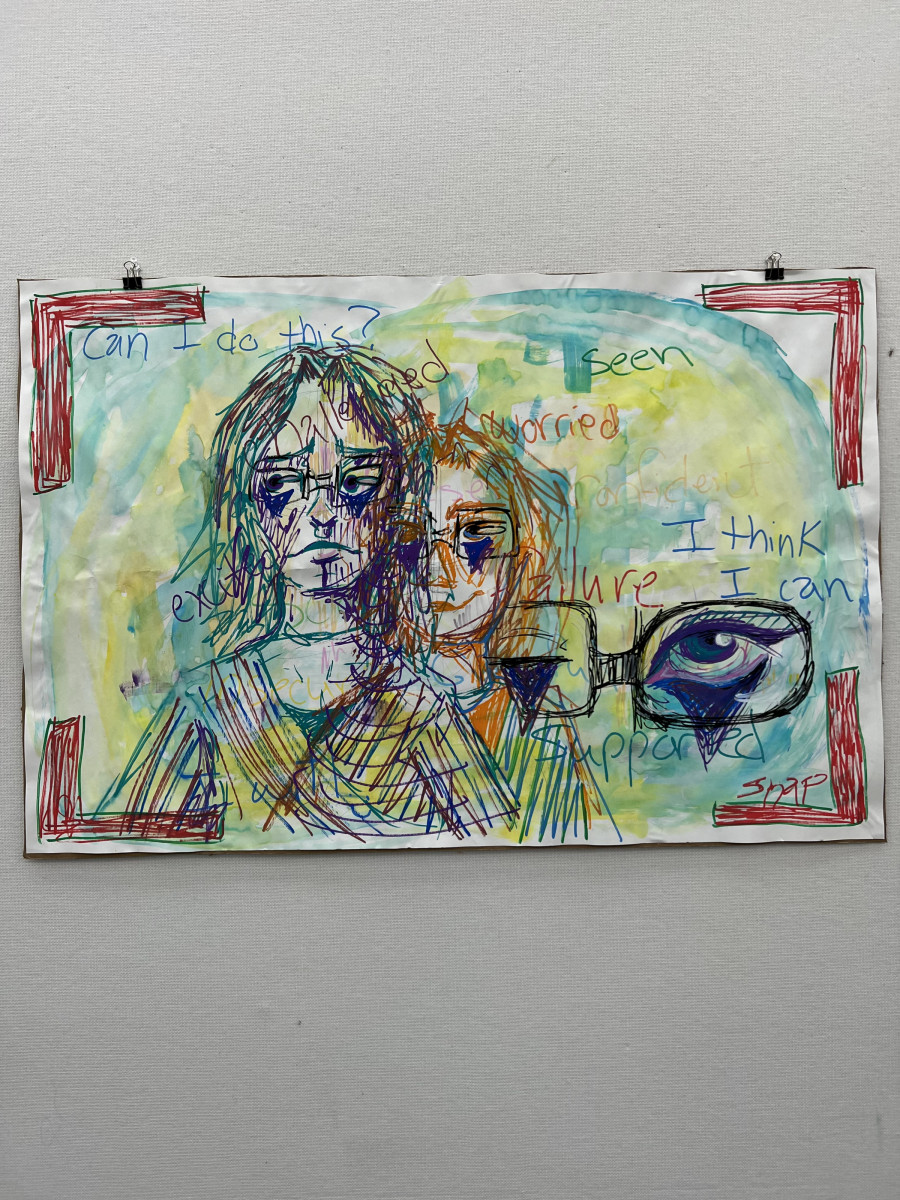 The Beginning
The BeginningCharlee Furlow
-
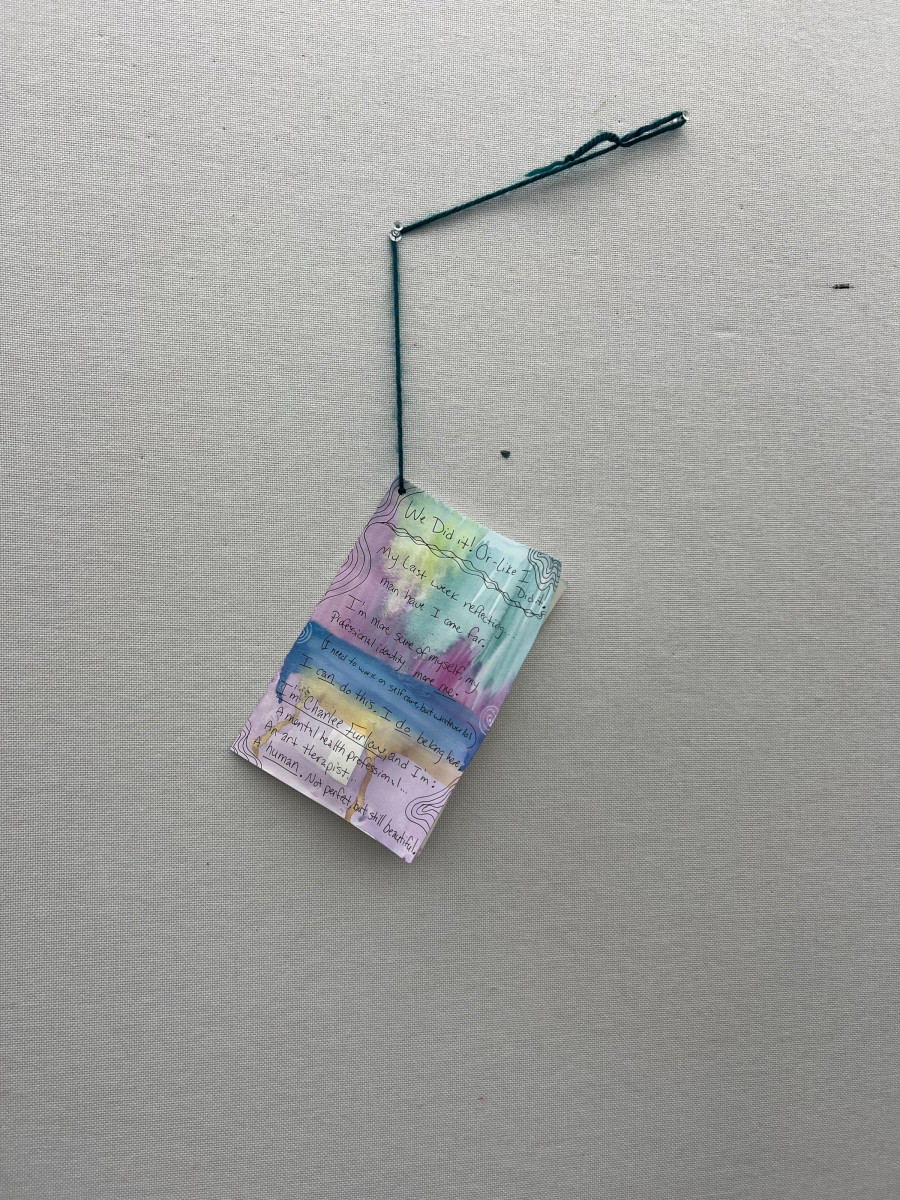 The End
The EndCharlee Furlow
-
 But the Journey Never Really Ends Doesn’t It
But the Journey Never Really Ends Doesn’t ItCharlee Furlow
Art Therapy is located in room 326 of Rogers Hall on the Graduate Campus.
MSC: 86
email ctsp@lclark.edu
voice 503-768-6060
fax 503-768-6065
Chair Cort Dorn-Medeiros
Art Therapy
Lewis & Clark
615 S. Palatine Hill Road
Portland OR 97219